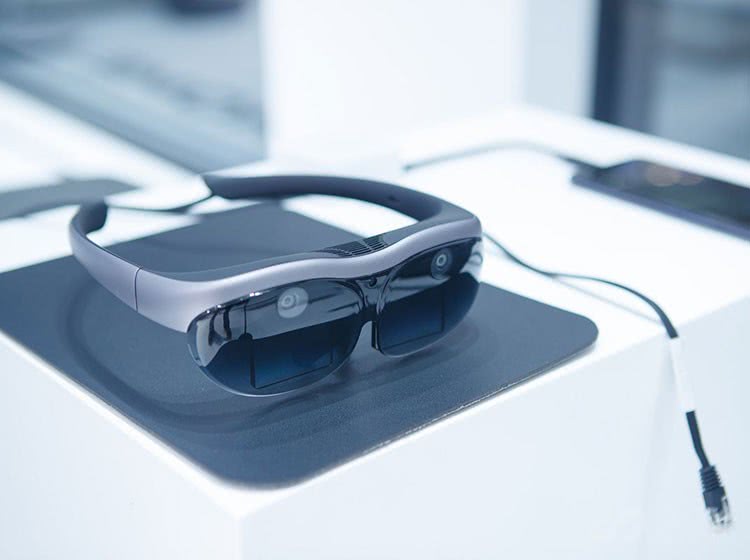
With the rapid development of science and technology, wearable devices have become a bridge connecting the physical and digital world, which has shown great potential in health monitoring, human-computer interaction, motion tracking and other fields. However, the rigid structure of traditional electronic devices limits their application in complex deformation conditions, such as non-planar bonding of human surface and dynamic activity monitoring. To address this challenge, researchers have in recent years focused on developing new soft and stretchable 3D printing materials to achieve significant performance improvements in wearable sensing applications.
Overview of new 3D printing materials
Traditional 3D printing materials are mostly hard plastics or metals, although the strength is high and the molding accuracy is good, but its rigidity limits the application in the field of flexible electronics and wearable devices. In contrast, new stretchable 3D printing materials, such as conductive polymers, elastomer composites, and smart gels containing nano-fillers, are specially formulated to not only maintain good printing performance, but also achieve tensile rates of up to hundreds of times, providing the possibility for the realization of complex shapes and functions.
Characteristics of new 3D printing materials
These new 3D printing materials often combine conductive fillers (such as carbon nanotubes, silver nanowires, or conductive polymers) with elastic substrates (such as silicone, polyurethane, etc.) to achieve good electrical conductivity and mechanical compliance. They can not only withstand large tensile deformation without loss of function, but also restore to the original state after deformation, ensuring long-term stability and reliability. In addition, by precisely controlling the material deposition and structural design during the 3D printing process, the direct manufacturing of complex three-dimensional structures can be achieved, which provides the possibility for customized, highly integrated wearable sensor pieces.
Advantages in wearable sensing applications
1, Personalized fitting: Using 3D scanning technology and personalized design software, sensors can be precisely made according to the user's specific body parts to ensure the best fit and comfort, which is particularly important for long-term wear of medical monitoring equipment.
2, High sensitivity and accuracy: By optimizing the microstructure of the material and the design of the sensor, the new material can capture small physiological signal changes, such as heart rate, blood pressure, skin temperature, etc., to improve the accuracy and reliability of monitoring data.
3, Multi-modal sensing capabilities: a single
4, Self-healing characteristics: Some new materials also have a self-healing function, even when the surface of the material is slightly damaged, it can automatically repair, extending the service life of the equipment and reducing maintenance costs.
5, Environmental adaptability: due to the softness and elasticity of the material itself, these sensors can still maintain good working condition in extreme environments (such as high temperature, low temperature, humidity), and broaden its application range.
Application cases and future prospects
In the medical field, soft and stretchable 3D printed sensors have been used to develop smart bandages that can monitor wound healing in real time; In sports science, they are integrated into sportswear to record an athlete's physiological parameters and athletic performance in a noninductive manner; When it comes to assistive technologies for people with disabilities, such sensors can help enable more natural, precise control of prosthetic limbs.
With the continuous progress of materials science, 3D printing technology and artificial intelligence, we can expect more innovative wearable sensing solutions in the future, further promoting the development of personalized medicine, smart textiles, human-computer interaction and other fields. At the same time, the biocompatibility, sustainability and cost-effectiveness of materials are also important directions for future research to ensure that these advanced technologies can widely benefit society and truly realize technology to change lives.
The Products You May Be Interested In
 |
3103 | JOYSTICK 10K OHM 2 AXIS PNL MT | 201 More on Order |
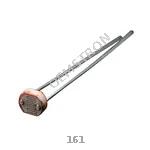 |
161 | PHOTO CELL (CDS PHOTORESISTOR) | 3796 More on Order |
 |
172 | MAXBOTIX SONAR RANGEFINDER LVEZ1 | 332 More on Order |
 |
3397 | OPTOMAX DIGITAL LIQUID LEVEL SEN | 527 More on Order |
 |
409 | ELECTROLUMINESCNT WIRE AQUA 2.5M | 239 More on Order |
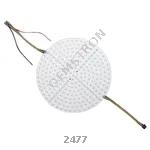 |
2477 | ADDRESS LED DISK SERIAL RGB | 481 More on Order |
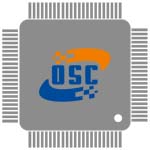 |
2539 | NEOPIXEL DIGITAL RGB LED STRIP - | 454 More on Order |
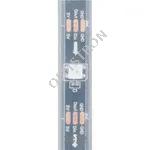 |
3812 | ADDRESS LED STRIP SERIAL RGB 1M | 249 More on Order |
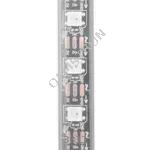 |
3811 | ADDRESS LED STRIP SERIAL RGB | 430 More on Order |
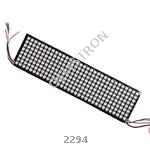 |
2294 | ADDRESS LED MATRIX SERIAL RGB | 371 More on Order |
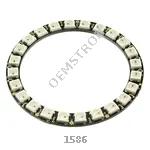 |
1586 | ADDRESS LED RING SERIAL RGB | 475 More on Order |
 |
1933 | 7"" TFT DISPLAY 800 X 480 | 133 More on Order |
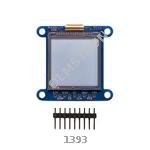 |
1393 | MEMORY DISPL BREAKOUT 1.3"" MONO | 422 More on Order |
 |
912 | 2.5"" TFT DISPLAY 320 X 240 | 307 More on Order |
 |
4243 | 2.13"" FLEXIBLE MONOCHROME EINK / | 437 More on Order |
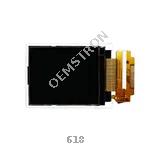 |
618 | 1.8 SPI TFT DISPLAY 160X128 | 405 More on Order |
 |
938 | MONOCHROME 1.3 128X64 | 790 More on Order |
 |
1921 | LED BAR 10-SEGMENT RED | 230 More on Order |
 |
4042 | DIFFUSED RED AND GREEN INDICATOR | 475 More on Order |
 |
4041 | DIFFUSED RED INDICATOR LED - 15M | 518 More on Order |
 |
2973 | LED CHARLIEPLEXED MATRIX - 9X16 | 368 More on Order |
 |
2278 | 64X32 RGB LED MATRIX - 4MM PITCH | 300 More on Order |
 |
2279 | 64X32 RGB LED MATRIX - 3MM PITCH | 457 More on Order |
 |
811 | YELLOW 7-SEGMENT CLOCK DISPLAY | 469 More on Order |
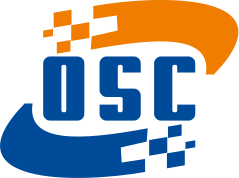
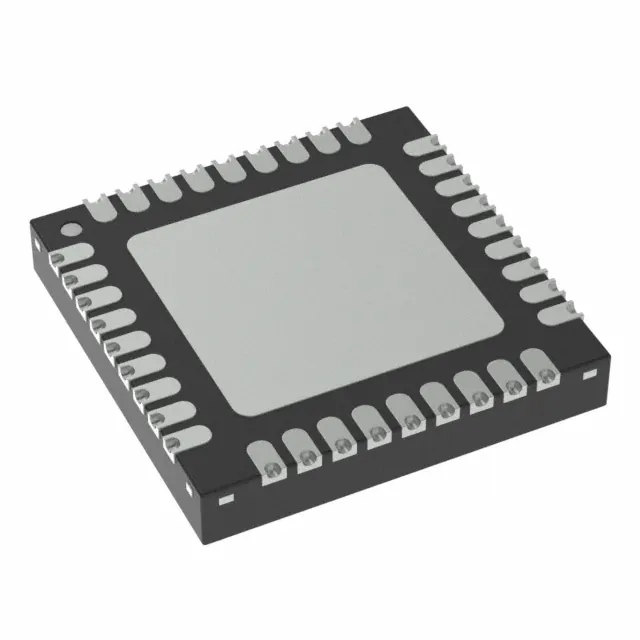 Semiconductors
Semiconductors









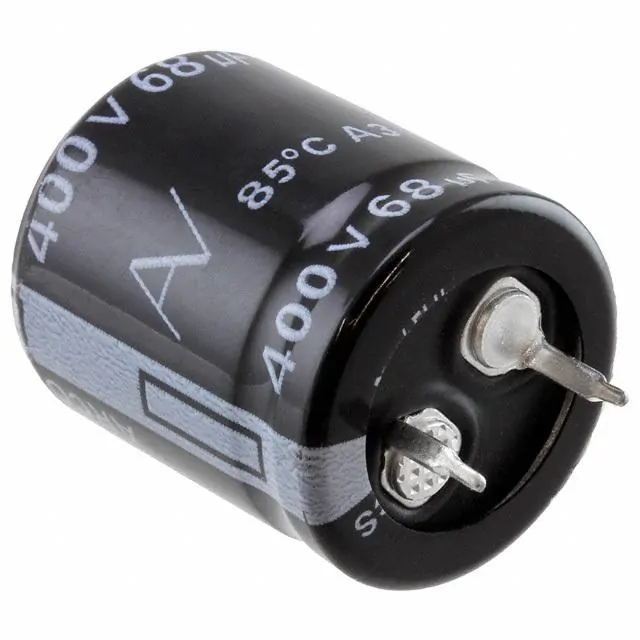 Passive Components
Passive Components









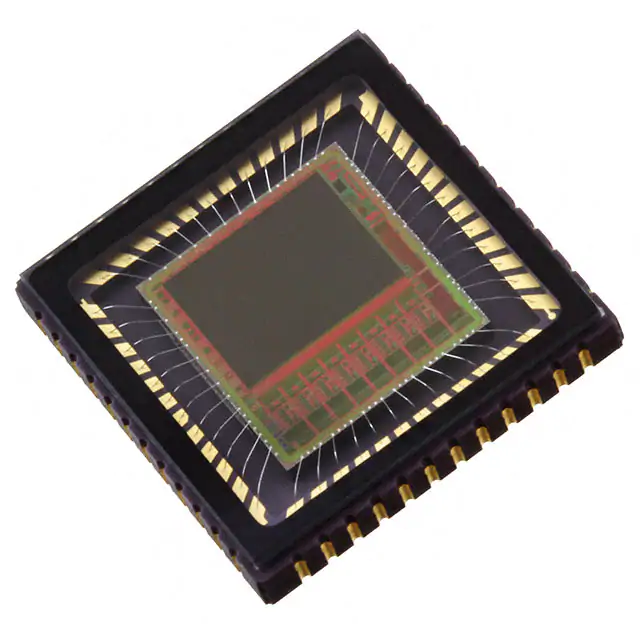 Sensors
Sensors








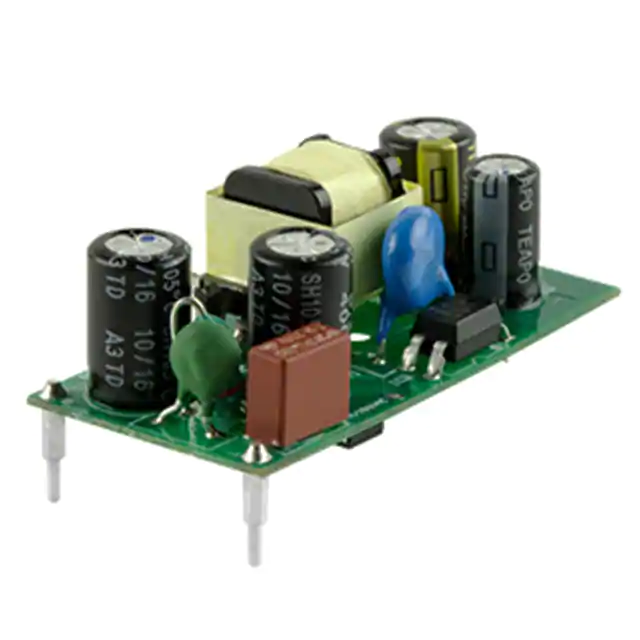 Power
Power









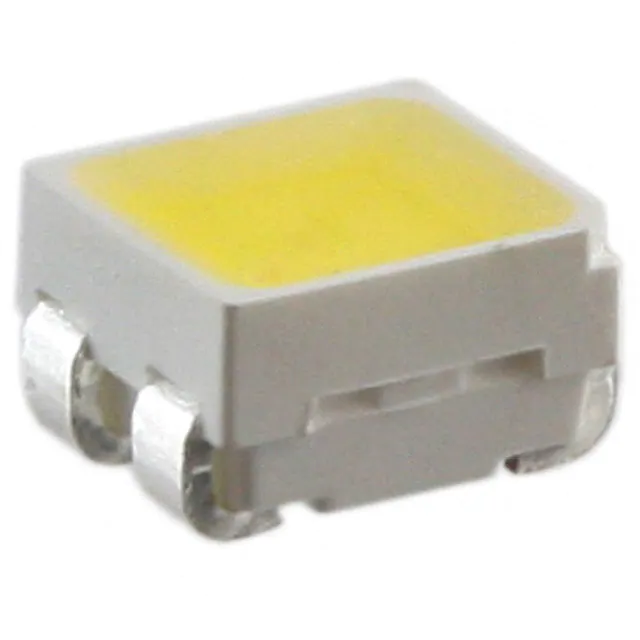 Optoelectronics
Optoelectronics








